A leaky faucet is annoying. It wastes water, increases bills, and can even cause damage if left unchecked. Fixing it is easier than you think. You don’t need to be a plumber. With the right tools and steps, you can repair it yourself in less than an hour.
So, how to fix a leaky faucet? Simply put, you have to —
- turn off the water,
- remove the faucet handle,
- and replace the worn washer or cartridge.
Lastly, reassemble everything, turn the water back on, and check for leaks.
Let’s get into the details of this topic.
Key Takeaways:
|
Why Fix a Leaky Faucet?
A dripping faucet may not seem like a big problem, but here’s why you should fix it:
| Problem | Impact |
| Water waste | A single dripping water faucet can waste 3,000 gallons per year. |
| Higher bills | Wasted water can add $20–$200 per year to your bill. |
| Pipe damage | Continuous leaks can cause rust and wear out pipes. |
| Mold growth | Standing water creates a perfect environment for mold. |
If you fix it now, you save water, money, and future plumbing issues.
Common Causes of a Leaky Faucet
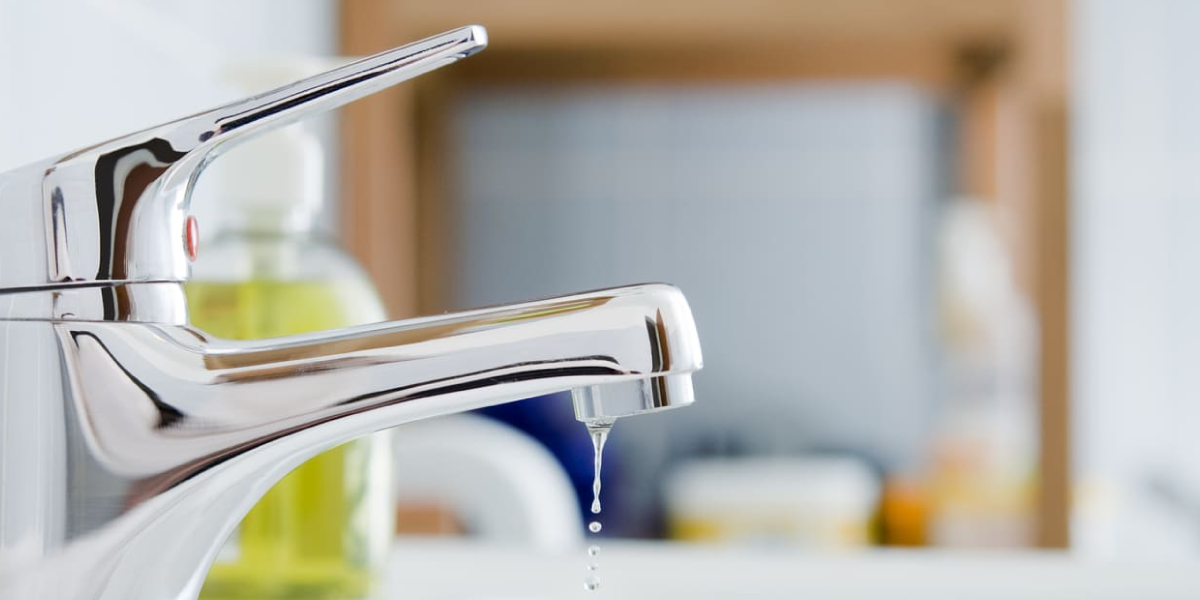
Before fixing the leak, you need to know what’s wrong. Here are the most common reasons:
- Worn-out WasherWashers seal the faucet and prevent water leaks. Over time, they wear out, causing dripping.
- O-Ring IssuesAn O-ring is a small rubber ring inside the faucet. If it breaks or loosens, leaks can happen.
- Faulty CartridgeCartridge faucets have a valve that controls water flow. A broken cartridge needs replacement.
- Corroded Valve SeatThe valve seat connects the faucet to the spout. If minerals build up or it rusts, leaks occur.
- High Water PressureIf your water pressure is too high, it can force water through even when the tap is closed.
Here’s a chart to show different faucet types and their common problems:
| Faucet Type | Common Problems |
| Compression | Worn-out washers |
| Cartridge | Broken or clogged cartridge |
| Ball | Faulty seals or O-rings |
| Disc | Mineral buildup or worn-out parts |
Do you want to know some terms for checking water damage? Then, you can check out this insightful blog now!
Tools You Need
You don’t need expensive tools. Here’s what you need:
- Adjustable wrench
- Screwdrivers (flathead and Phillips)
- Replacement washers and O-rings
- Plumber’s tape
- Small container (to hold screws and parts)
- Cloth (to block the drain)
Step-by-Step Guide to Fixing a Leaky Faucet
Follow these steps to stop the drip.
Step 1: Turn Off the Water
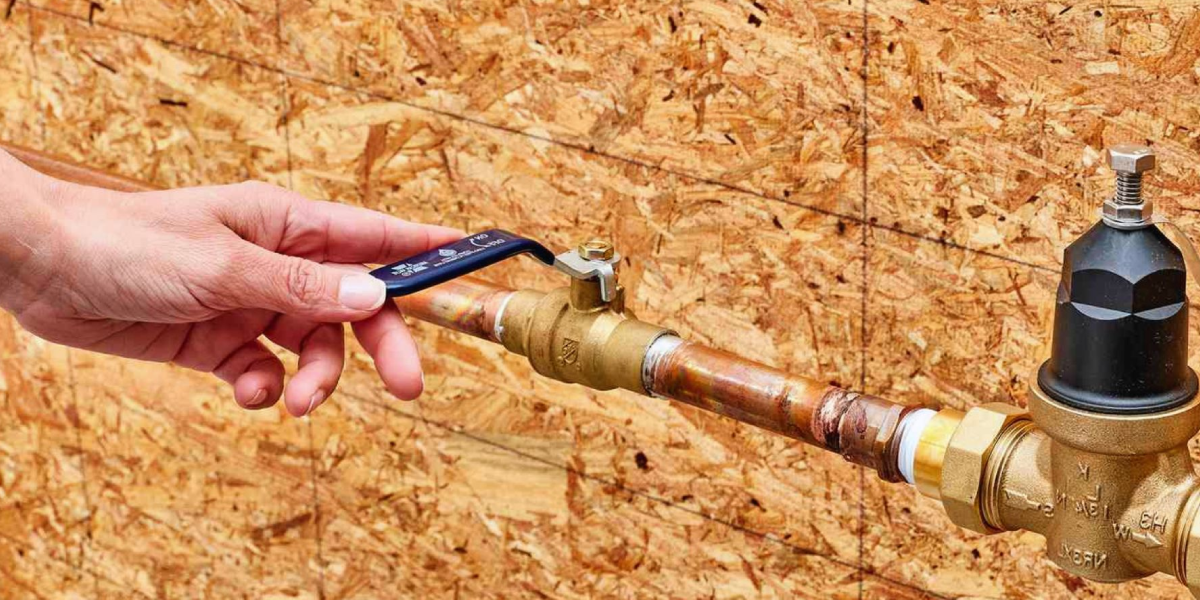
Find the shutoff valves under the sink. Turn them off. If you can’t find them, turn off the main water supply. Then, open the tap to drain any remaining water.
Step 2: Plug the Sink Drain
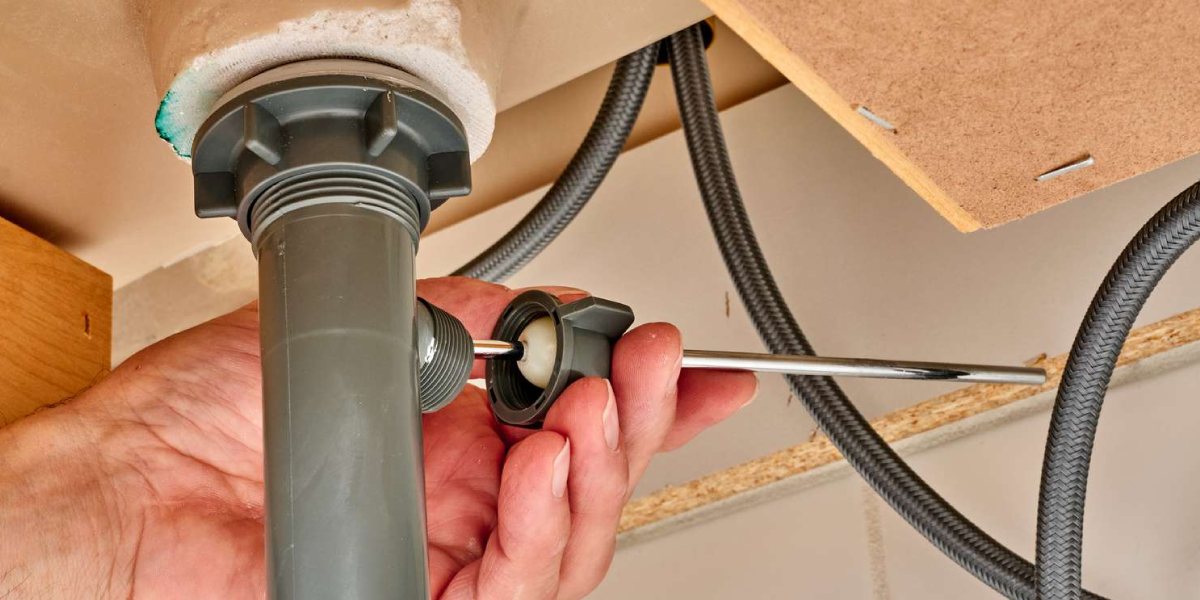
Small parts can fall into the drain. Use a cloth or a drain stopper to block it.
Step 3: Remove the Faucet Handle

Look for a screw under or on the back of the handle. Use a screwdriver to remove it. Gently pull the handle off.
Step 4: Take Out the Cartridge or Washer
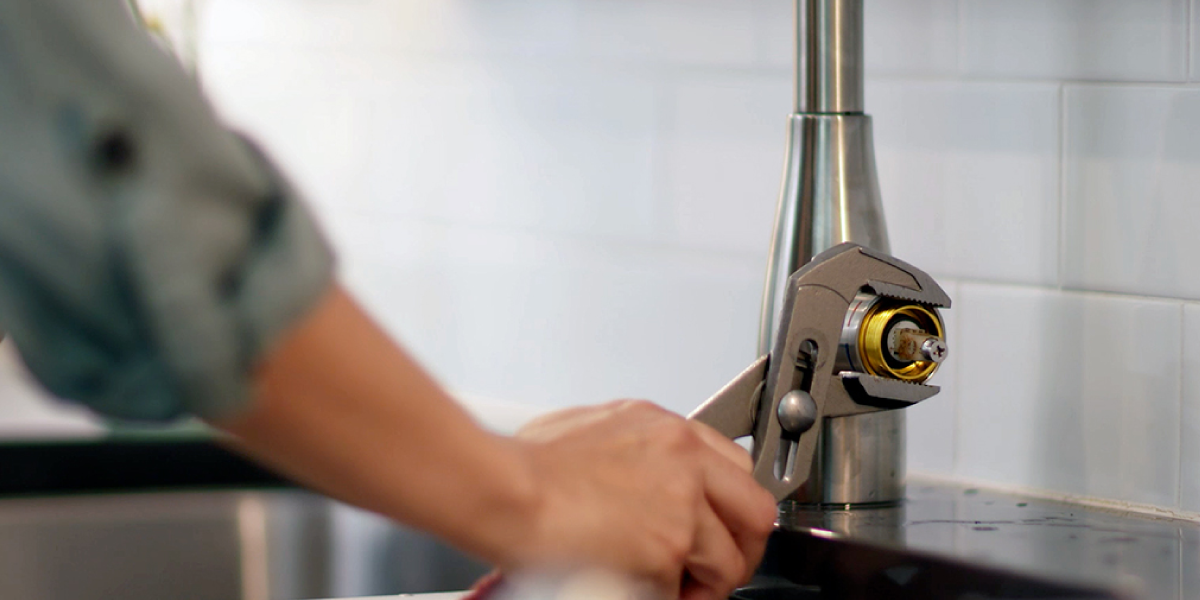
- If it’s a compression faucet, remove the packing nut with a wrench. Pull out the old washer.
- If it’s a cartridge faucet, carefully pull out the cartridge.
- If it’s a ball faucet, take out the seals and O-rings.
Check for damage. If the part looks worn out or broken, replace it.
Step 5: Install the New Washer or Cartridge
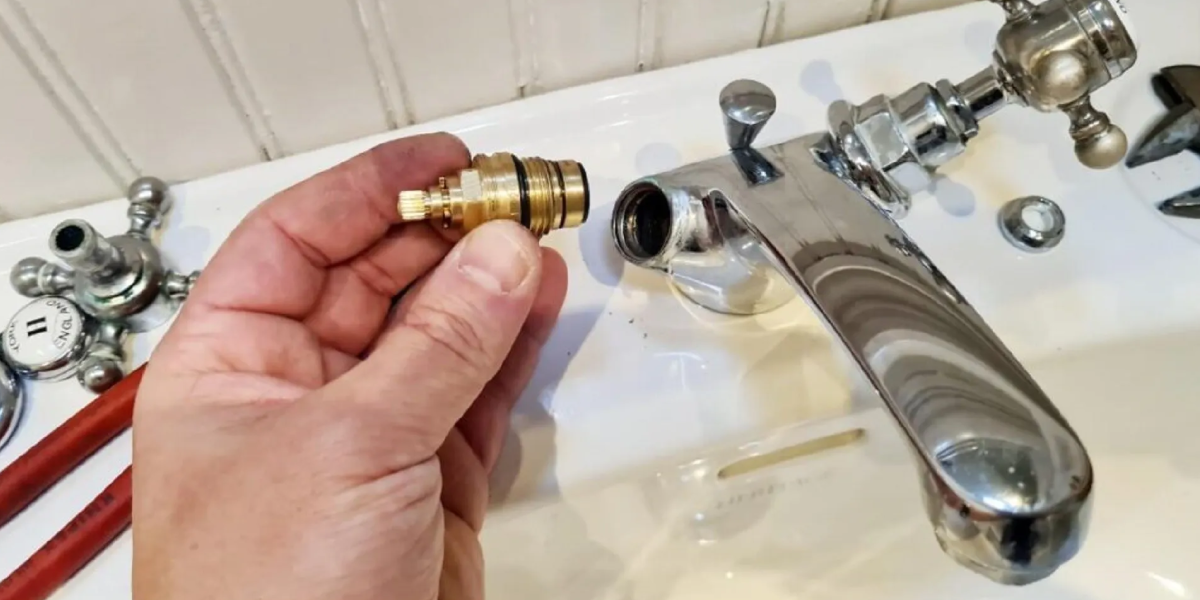
- Match the old part with the new one.
- Place it in the same position as before.
- If using a washer, apply the plumber’s tape around the threads.
Step 6: Reassemble the Faucet
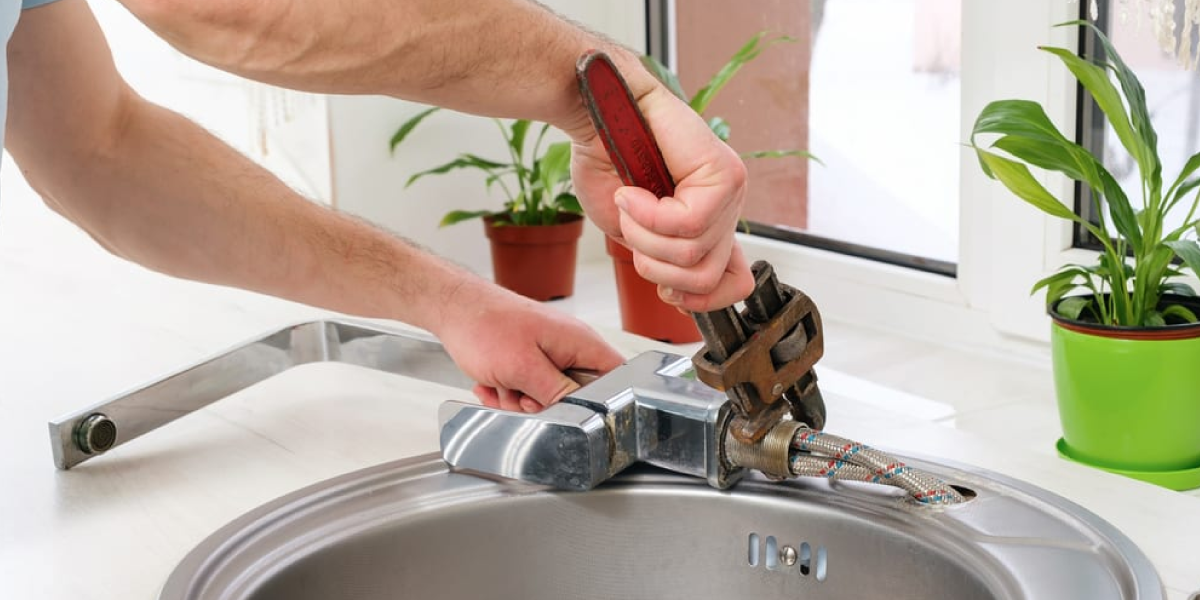
- Put back the nut and tighten it with a wrench.
- Reattach the handle and screw it in place.
Step 7: Turn the Water Back On
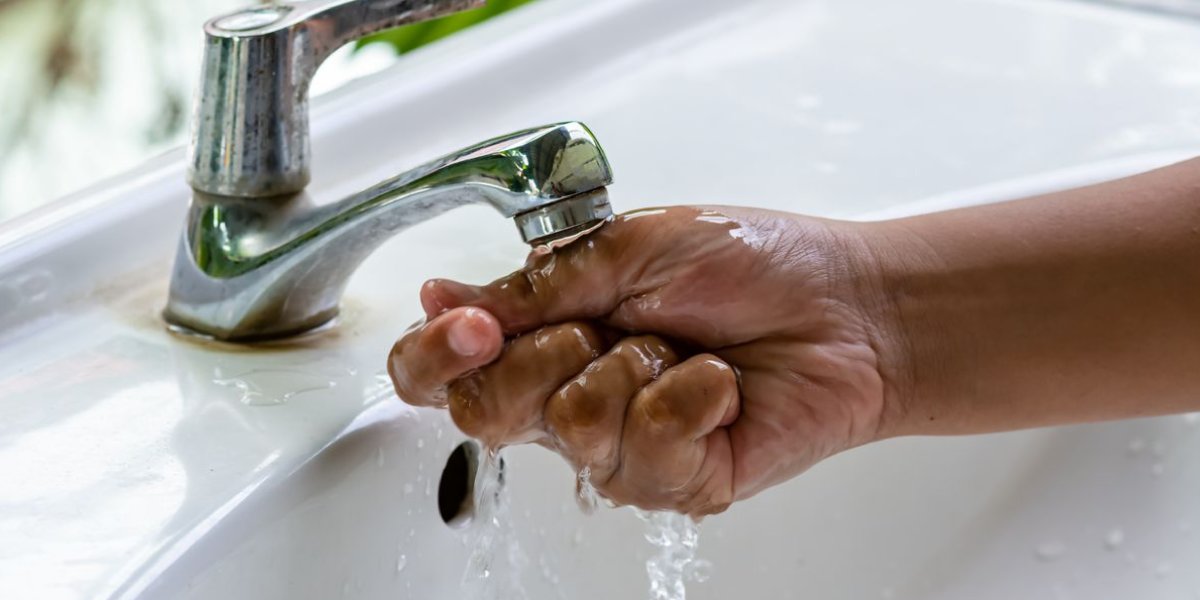
- Slowly turn the shutoff valve back on.
- Turn on the faucet and check for leaks.
How to Prevent Future Leaks
Fixing a leak is good, but preventing one is better. Here’s what you can do:
| Prevention Tip | Benefit |
| Replace washers every 2–3 years | Stops leaks before they start |
| Check water pressure | Prevents damage to faucet parts |
| Clean faucets regularly | Removes mineral buildup |
| Don’t overtighten handles | Reduces washer wear |
| Fix small drips early | Saves water and money |
Need help getting insurance to pay for water damage? Check out our blog for easy tips.
When Do You Need a Water Restoration Company?

There are situations when you need a water restoration company for a leaky faucet.
- Major water damage – If the leak went unnoticed for a long time, water may have damaged floors, walls, or cabinets.
- Mold growth – If water has been dripping for weeks, mold can grow. Experts can remove it safely.
- Flooding issues – If a faucet leak causes serious water pooling, professionals can dry and restore the area.
- Hidden leaks – Sometimes, leaks go deep into walls or under floors. A water restoration company can find and fix them.
- Insurance claims – If water damage is big, they can help with insurance paperwork and restoration.
If the leak is small, you can fix it yourself. But if there’s serious damage, call professionals quickly to avoid bigger problems.
If water has damaged your home, SOS Restoration is ready to help. We fix the problem, clean up, and make your home safe again. Also, we take care of insurance and paperwork, so you don’t have to worry.
Basically, we stop leaks, remove mold, and repair the damage.
Best of all, we’re available 24/7 and ready to help anytime you need us.
Also, When to Call a Plumber
Sometimes, DIY fixes don’t work. Call a plumber if:
- The leak is still there after replacing parts.
- Water is leaking from the base of the faucet.
- Pipes under the sink are dripping.
- You can’t remove a stuck cartridge or nut.
Wrapping Up
So, that’s all about how to fix a leaky faucet. Fixing a leaky faucet is easy if you follow these steps. It saves money, reduces water waste, and prevents bigger plumbing issues.
If the problem is serious, don’t hesitate to call a professional.
FAQs
|

